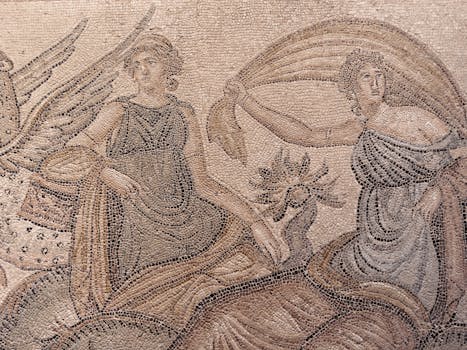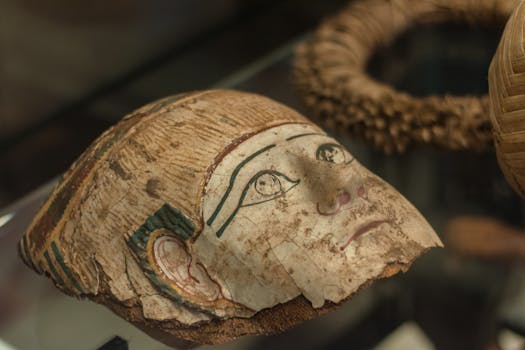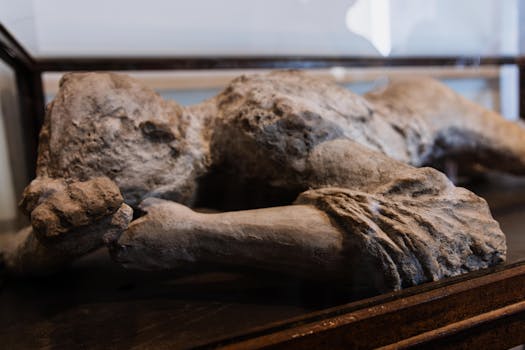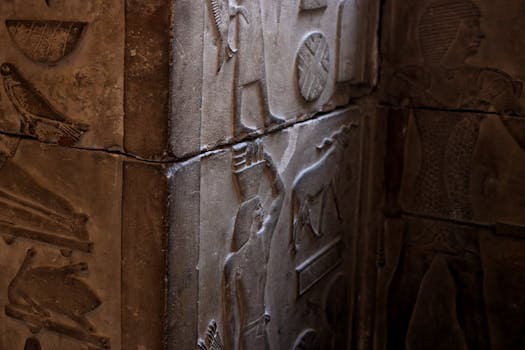
Unearthing the Past: Historical Artifacts from Ancient Civilizations
Takeaways: Historical artifacts provide invaluable insights into ancient civilizations. They help us understand cultural practices, technological advancements, and societal structures. Preservation of these artifacts is crucial for future generations to learn about our past.
Historical artifacts are the physical remnants of ancient civilizations that offer a glimpse into the lives, cultures, and environments of our ancestors. From ancient pottery and tools to monumental architecture and inscriptions, these artifacts serve as crucial sources of information for historians and archaeologists alike. This article delves into the significance of historical artifacts, their preservation, and their impact on our understanding of ancient societies.
The Significance of Historical Artifacts

Moreover, artifacts can help us understand the social, economic, and political structures of ancient societies. Items such as coins, jewelry, and weapons can provide insights into trade relations, social hierarchies, and military practices. For instance, the discovery of coins from diverse regions in archaeological sites indicates trade networks and interactions between different cultures.
Additionally, inscriptions and written artifacts are invaluable for understanding language, religion, and governance. The Rosetta Stone, for example, was key to deciphering Egyptian hieroglyphs, opening a window into ancient Egyptian civilization. Such discoveries not only enrich our knowledge of history but also help bridge cultural gaps by providing a narrative that connects various civilizations across time.
Preservation of Historical Artifacts

Museums and archaeological sites play a critical role in the preservation of historical artifacts. They provide controlled environments where artifacts can be stored and showcased. Conservationists employ various methods, such as climate control, specialized storage, and restoration techniques, to safeguard these treasures. Furthermore, digital documentation and 3D scanning are becoming increasingly popular, allowing for virtual preservation and study of artifacts without risking damage to the originals.
Public education and awareness are also vital in the preservation effort. Engaging the community through exhibitions, workshops, and educational programs fosters a sense of responsibility towards these historical treasures. When people understand the value and significance of artifacts, they are more likely to support preservation initiatives and advocate for the protection of cultural heritage.
The Impact of Artifacts on Our Understanding of History

Artifacts also contribute to our understanding of human evolution and migration. The discovery of ancient tools and remains can trace the journey of humankind across continents, revealing patterns of settlement and adaptation to different environments. This knowledge is crucial in understanding the foundations of modern society.
Furthermore, artifacts often foster a sense of identity and continuity. Many cultures celebrate their historical artifacts as symbols of pride and heritage. By studying these items, we can appreciate the diversity of human experience and the shared themes that connect us all.
Conclusion








